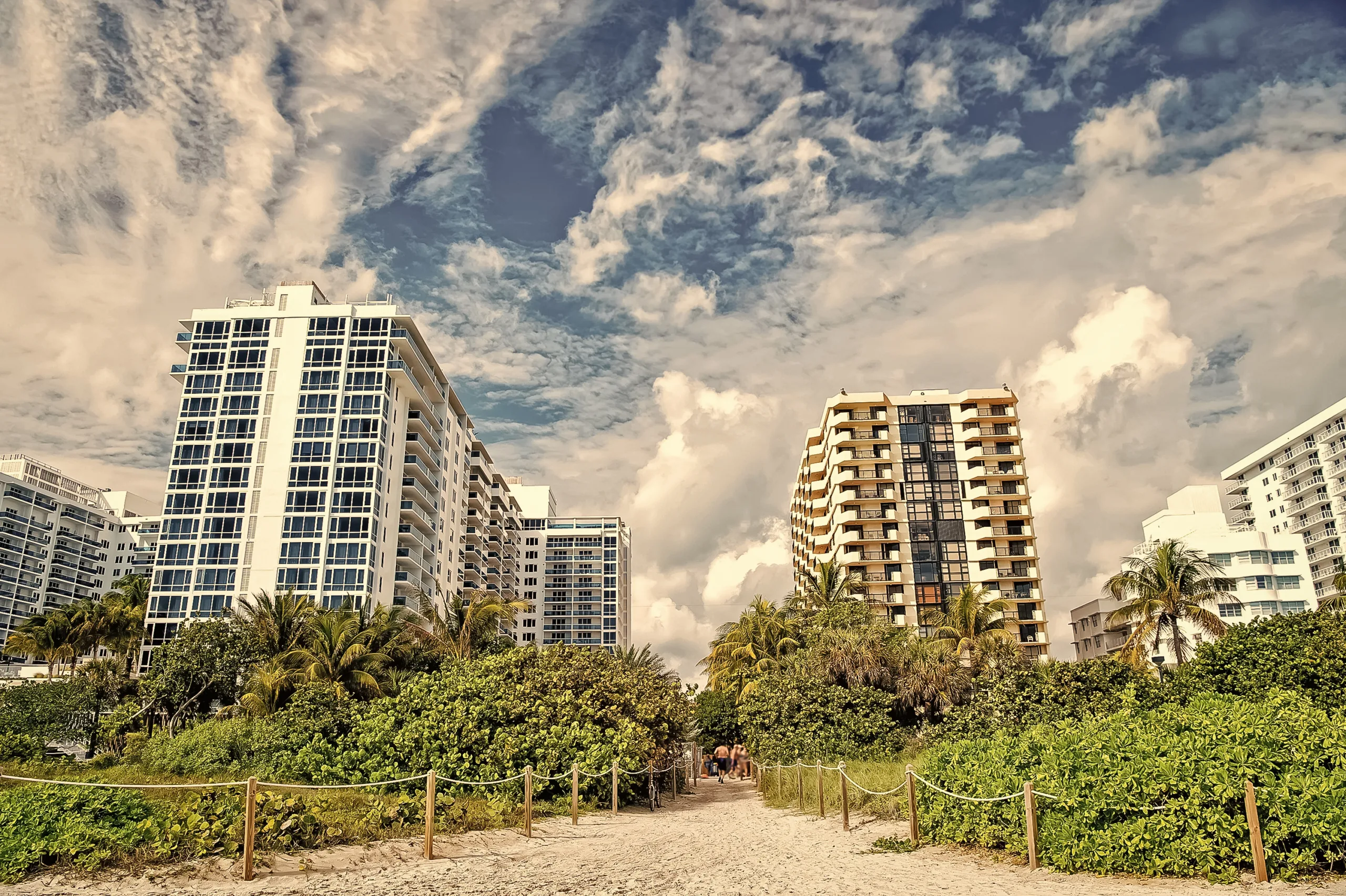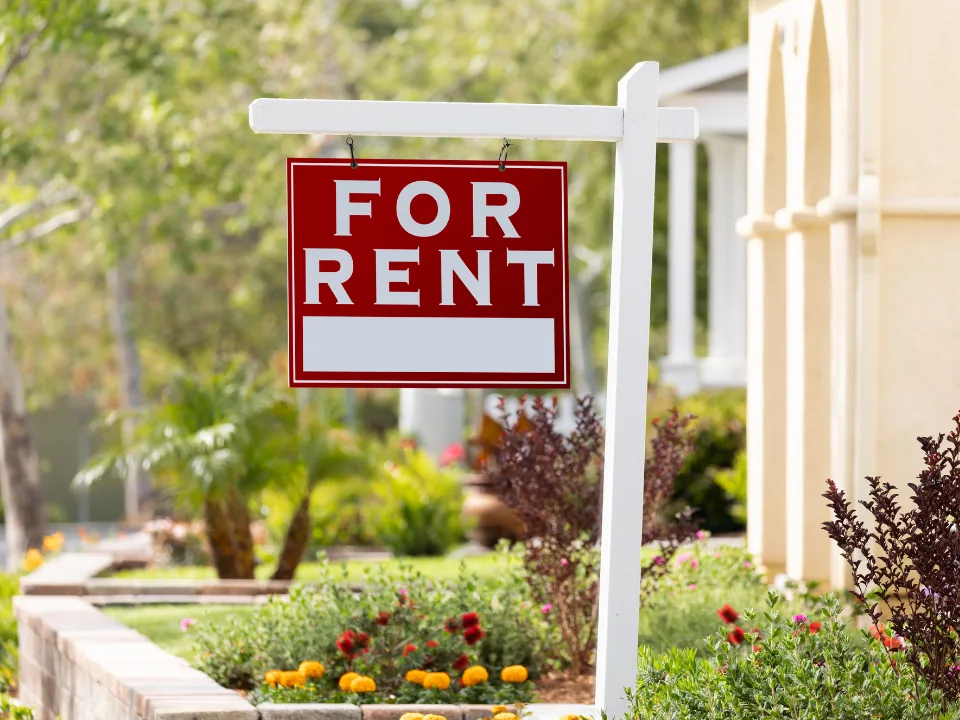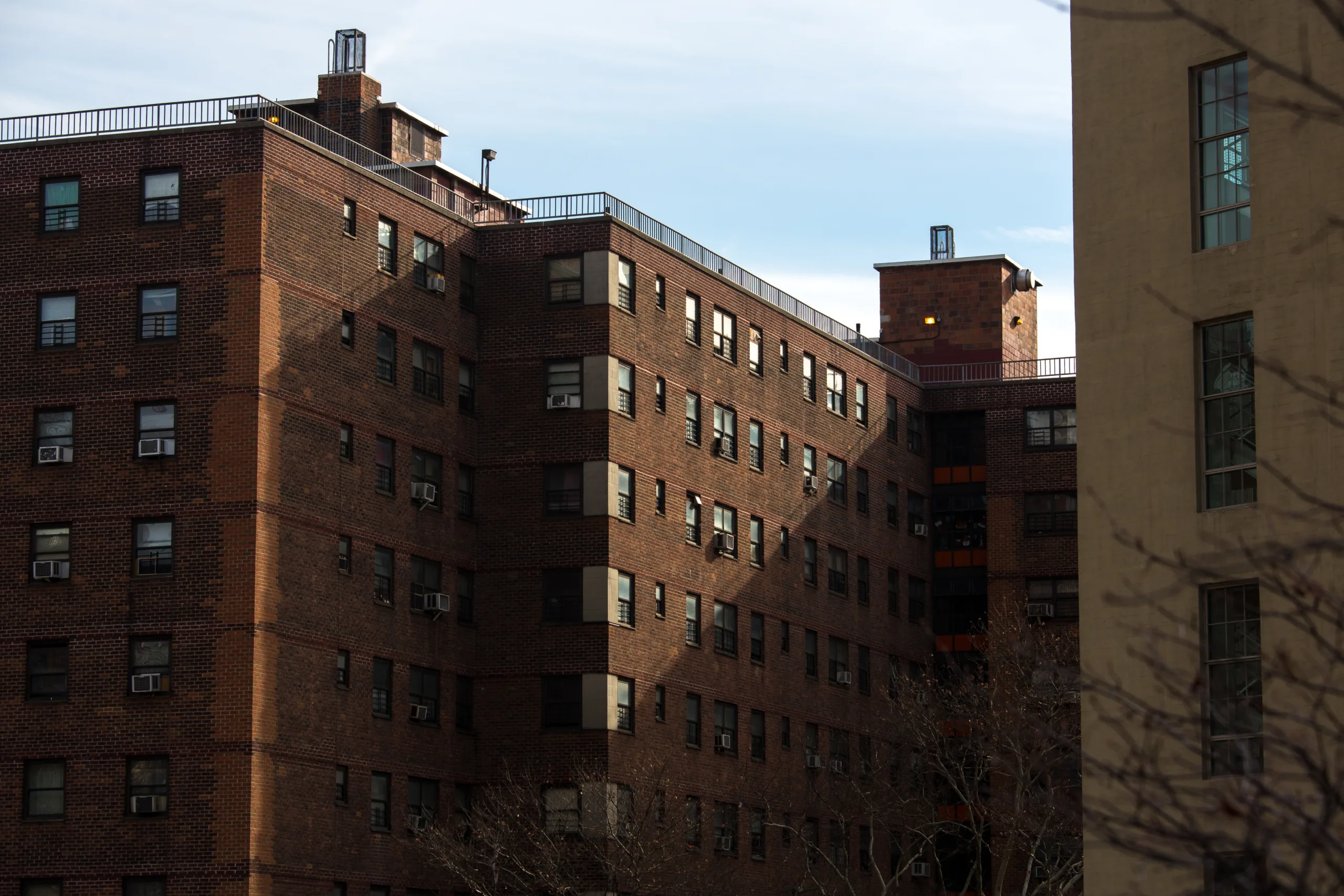- Miami tops UBS’ global housing bubble risk index among US cities, driven by soaring home prices and lagging rent growth.
- UBS warns global debt nearing 100% of GDP could lead to inflation or suppressed borrowing costs—both of which boost real asset demand, including housing.
- Los Angeles also shows elevated bubble risk, while New York and San Francisco appear more stable despite ongoing affordability concerns.
Real Estate At A Crossroads
In its latest Global Real Estate Bubble Index, Swiss bank UBS issues a warning about rising global debt, reports GlobeSt. The report also highlights that loose monetary conditions may keep asset prices inflated. This trend could persist even as economic fundamentals continue to weaken. Public debt is projected to reach 100% of global GDP by 2030. UBS argues that governments may respond with policies such as inflation or financial repression to address fiscal challenges. Both approaches tend to make real assets like housing more attractive.
The risk? A growing disconnect between home prices and underlying economic indicators such as income and rent—hallmarks of a housing bubble.
Miami And LA In The Hot Seat
Miami stands out as the most at-risk US market. UBS notes that home prices have surged by 6.8% annually over the past decade. This growth far outpaces the 1.2% increase in rents during the same period. Despite a recent cooldown, the bank says current prices are still detached from rental values, suggesting limited room for further growth. A sharp correction is not imminent, UBS adds, but negative price movement is likely.
Los Angeles also made the elevated-risk list, bolstered by high-end demand and a persistent housing shortage. However, rents haven’t kept up with inflation, due in part to what UBS describes as regulatory inefficiencies and quality-of-life concerns.
Get Smarter about what matters in CRE
Stay ahead of trends in commercial real estate with CRE Daily – the free newsletter delivering everything you need to start your day in just 5-minutes
Cooling Coastal Giants
San Francisco, once among the most expensive markets globally, saw only a 0.7% real home price gain over the past 10 years. Rental values declined 2.1%, and prices remain 10% below their inflation-adjusted 2022 peak, despite limited affordability improvements.
In New York, long-term housing appreciation has been flat. Real prices fell 0.5% over the past decade, and rents declined 0.8%, even as return-to-office trends and job growth have sparked renewed rental demand. UBS reports that while high-end properties are still in demand, condo prices have stagnated in real terms.
Why It Matters
UBS’s findings reinforce the idea that housing markets are increasingly shaped by macroeconomic forces rather than local fundamentals. In an era of high debt and political gridlock, housing may remain a preferred store of value—but bubble risks loom where prices detach from rents and income.
What’s Next
Global housing trends may diverge over the next decade, as policymakers wrestle with how to manage rising debt burdens. UBS suggests that while inflation and low interest rates may support real estate, they could also inflate asset bubbles in cities where prices are already stretched.
Investors and developers alike should watch for shifts in fundamentals—and prepare for a more volatile housing landscape ahead.

















